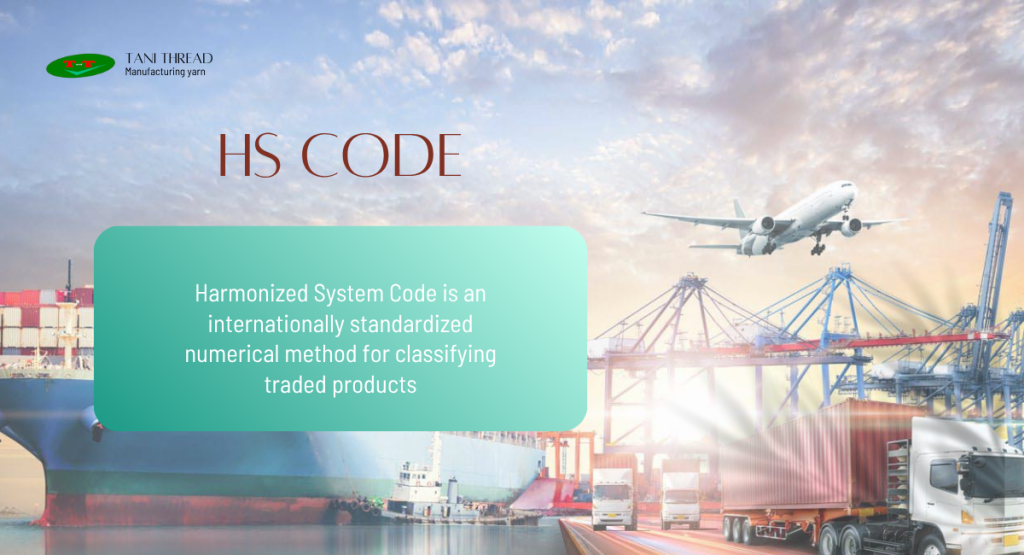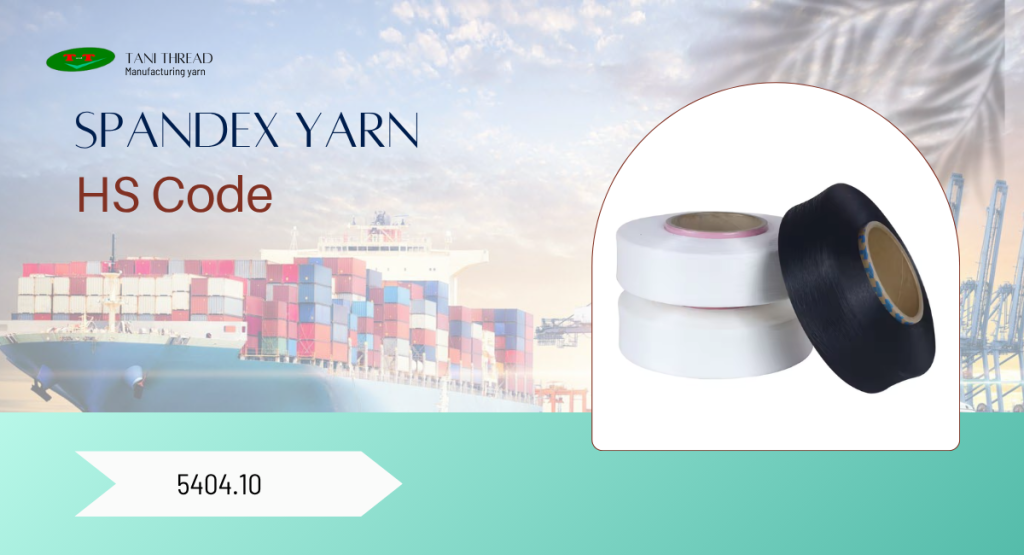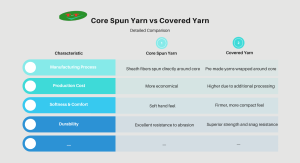Navigating international trade requires precise product classification. For businesses in the textile industry, correctly identifying the Spandex Yarn HS Code is a critical step to ensure smooth customs clearance, accurate duty calculation, and full compliance. This guide provides a clear breakdown of the HS code system and its specific application to Spandex yarn.
Overview of HS Code System for Textile Yarns
The Harmonized System (HS) is a globally standardized method of naming and classifying traded products. Used by over 200 countries, it forms the foundation for customs tariffs and international trade statistics.
What is an HS Code?
An HS Code is a unique identification number for a specific product. Think of it as a universal language for customs authorities worldwide. Correctly declaring the HS code on your shipping documents is not a suggestion—it is a legal requirement. An incorrect code can lead to shipping delays, fines, seized goods, or unexpected duty payments.

HS Code Structure and Levels
An HS Code is typically a 6-digit number defined by the World Customs Organization (WCO). The structure is hierarchical:
| Level | Digits | Description | Example (for Spandex / Elastane filament yarn) |
| Chapter | First 2 digits | Broad product category | 54 → Man-made Filaments |
| Heading | First 4 digits | Specific product group within the chapter | 5404 → Synthetic monofilament, including elastomeric yarn |
| Subheading | First 6 digits | Detailed product type, globally standardized | 5404.10 → Elastomeric filament yarn (Spandex/Elastane) |
At this 6-digit level, the HS Code is the same in every country.
Countries then add more digits for domestic tariff classification:
- United States (HTSUS): 8 digits
- European Union (TARIC) and Vietnam: 10 digits
Example:
- Vietnam: 5404.10.00
- U.S. HTSUS: 5404.10.xx
These additional digits determine duty rates, tariff preference under FTAs, and import controls.
Specific HS Codes Relevant to Spandex Yarn
Spandex, also known as elastane, is categorized under the broader group of man-made filament yarns within the HS (Harmonized System) classification.

Common HS Codes for Spandex Yarn
The most accurate and commonly used global HS Code for Spandex yarn (pure elastane filament yarn) is:
HS Code: 5404.10 — Elastomeric filament yarn (Spandex/Elastane)
Let’s break it down:
- 54: Chapter for “Man-made filaments; strips and the like of man-made textile materials.”
- 5404: Heading for “Synthetic monofilament of 67 decitex or more; strip and the like of man-made textile materials.”
(This heading specifically includes elastomeric filament yarn, which is Spandex/Elastane.) - 5404.10: Subheading for “Elastomeric filament yarn (Spandex/Elastane).”
This code is standardized globally at the 6-digit level by the World Customs Organization (WCO).
Regional Variations and Customs Interpretations
While the first 6 digits of an HS Code are universal, countries extend the code to 8–10 digits for tariff and compliance purposes.
Correct examples for Spandex (Elastane) filament yarn:
| Region / Country | Extended Code Example | Notes |
| United States (HTSUS) | 5404.10.0000 | Elastomeric filament yarn (Spandex) |
| European Union (TARIC) | 5404.10.00 | Elastomeric filament yarn |
| China | 5404.10.10 | Elastane filament yarn |
| Vietnam (Import Tariff Schedule) | 5404.10.00 | Elastomeric/Spandex filament yarn |
If it is covered elastic yarn (nylon/spandex, polyester/spandex), the correct code shifts to:
5604.10 — Rubber thread and covered elastic yarn
Always consult the latest customs database of the destination country to confirm the exact code. Customs rulings can also vary, so obtaining a binding ruling from the importing country’s customs authority is a best practice for high-volume shipments.
Practical Implications of HS Code Classification
Getting the Spandex yarn HS code right has direct and significant business consequences.
Impact on Tariffs and Duties
The HS code directly determines the import duty rate and taxes (VAT, etc.) applied to your shipment. An incorrect code can result in underpayment (leading to fines and back-payments) or overpayment (eroding your profit margin). It also informs whether your product is eligible for preferential treatment under free trade agreements.
Compliance and Documentation Requirements
Using the correct HS code is mandatory for all international trade documents, including:
- Commercial Invoice
- Packing List
- Bill of Lading/Airway Bill
- Certificate of Origin
Inconsistencies in documentation are a major red flag for customs, triggering inspections and delays.
Tips for Correct HS Code Identification and Use
- Consult Official Sources: Never rely solely on a competitor’s document or a general web search. Use official government customs databases.
- Seek Expert Advice: Work with an experienced customs broker or freight forwarder who specializes in textiles.
- Be Specific: Provide detailed product descriptions to your broker, including fiber content (100% Spandex), yarn type (single, ply), and whether it’s on cones.
- Get a Binding Ruling: For critical shipments, apply for an advance ruling from the customs authority of the importing country. This provides legal certainty.
Conclusion
Accurately classifying Spandex yarn with the correct HS code is a non-negotiable aspect of international trade. It goes beyond mere paperwork, directly impacting your bottom line through duty rates and ensuring your supply chain remains efficient and compliant. By understanding the system, focusing on the specific codes, and leveraging professional resources, exporters and importers can mitigate risks and facilitate seamless global operations.
Streamline your sourcing with a manufacturer that masters compliance. We provide precise HS code documentation with every Spandex yarn shipment. Get a quote and experience worry-free importing.
TANI THREAD CO., LTD
- Address: Thanh Hoa Hamlet, Thanh Dien Commune, Chau Thanh District, Tay Ninh Province, Vietnam
- Hotline: 0984.841.239
- Email: sale@tanithread.com
- Website: tanithread.com
- Fanpage: Tani Thread



